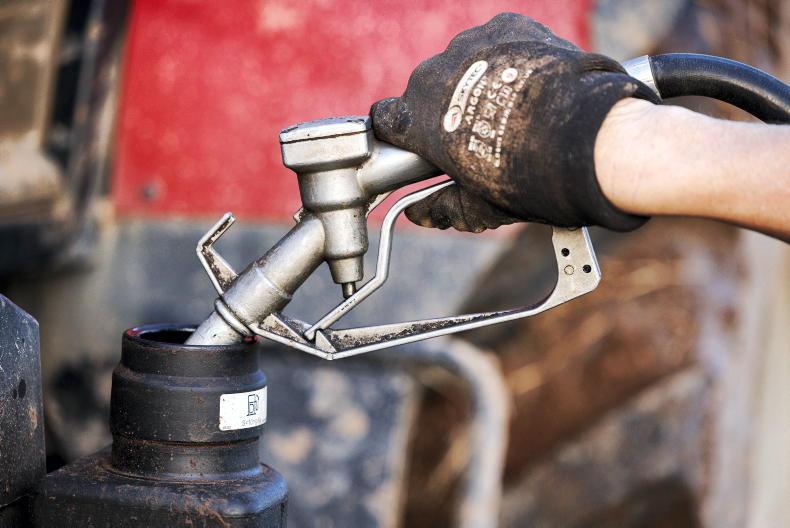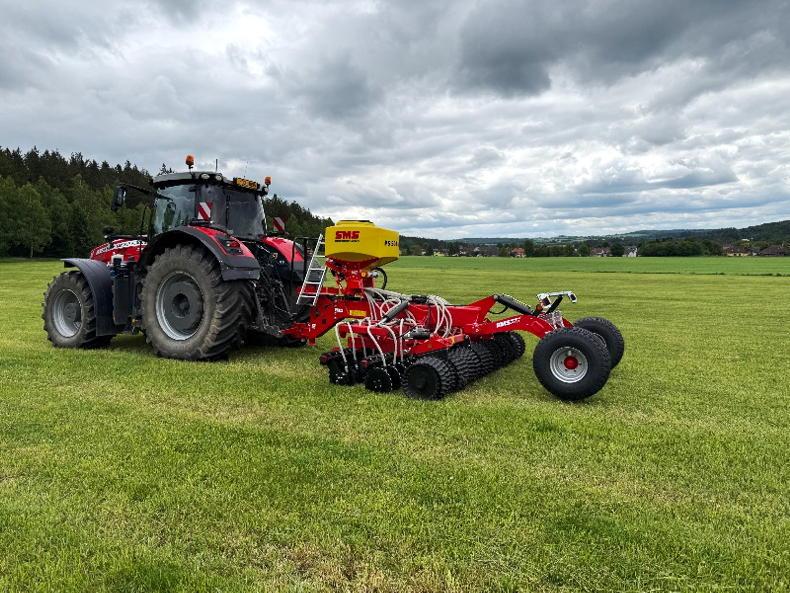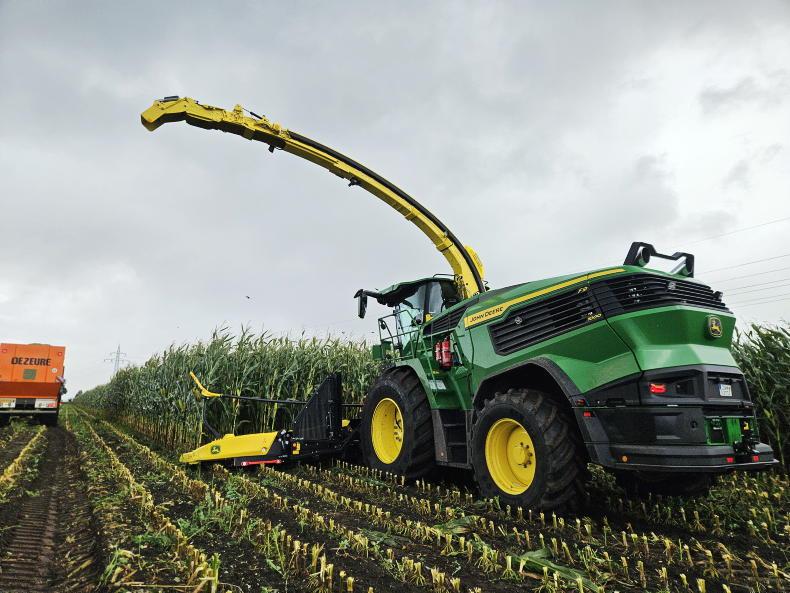Achieving a good spread pattern when applying fertilisers is critical to ensure best return on investment and reduced impact on the environment.
Spread patterns with co-efficient of variation (CV) values less than 10% are considered good, with little or no yield loss. A slight loss will occur when the CV value is in the range 10-15%, but at CV values of 20% or greater are where the effects begin to bite. When striping starts to become visible, yield losses are probably costing more than €30/ha. Losses increase rapidly as CV values rise, especially when quality effects, such as screenings or nitrogen content, come into play. A lodged crop of wheat could easily result in a reduced revenue of €250/ha because of poor spreading.
Below are six tips and tools for ensuring a good spread pattern.
1. Consult the book/app/chart on setting up the fertiliser spreader
In order to spread fertiliser accurately, you require the machinery instruction booklet for your specific make and model of spreader. Many spreader makes and models have apps that can be loaded to your phone, which also help.
2. Specific weight/bulk density of the fertiliser
The density of fertiliser particles will influence the spreading characteristics of a product. A heavier particle will generally travel further for a given size range. Increasing particle size, increases the distance that particles will travel for a given release speed. While most fertilisers will weigh close to 1kg/l, some will vary considerably. Urea-based fertilisers will weigh significantly less. Lighter, less dense fertilisers, such as urea, unless they have large grains, can be difficult to project across wide distances.
3. Size of granules
Information in relation to percentage of granules that fall into four different sizes is very often required when setting your spreader. The aim for a good blend will be for the careful matching of particle sizes, with similar particle size distribution, density and shape.
4. Hardness of the granules
The product needs to fit for the purpose for which it is intended. A number of quantifiable quality tests can be used to demonstrate varying attributes of hardness. Granule crushing strength is a measurement of the pressure the particle can withstand before fracturing. If granules are soft, the veins on a fertiliser spreader can shatter the granules, and so the fertiliser will not travel the distance off the veins. PTO speeds need to be adjusted for softness of granules.
5. Fertiliser flow metre
Flow rate is checked with the particular fertiliser through the spreader that you are working, and different spreaders have different ways of measuring this.
6. Trays/mats for checking accuracy of spread
In order to check that your spreader settings are accurate for the fertiliser you intend to spread, and that your fertiliser spreader is working well, you need to carry out a tray test periodically. This is where you lay out trays at various intervals/ distances.
Spread the fertiliser across these trays and measure the amount of fertiliser in the individual trays.










SHARING OPTIONS